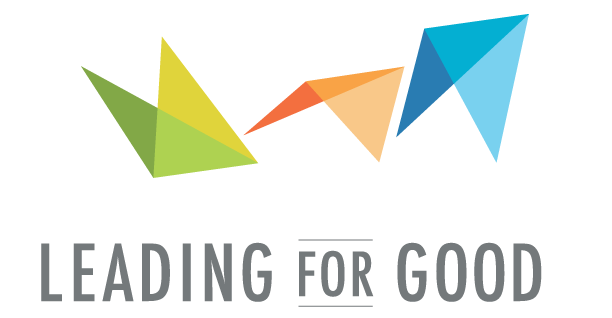Resetting Our Most Precious Resource in an Age of Distraction
“How we spend our days is, of course, how we spend our lives…” Annie Dillard
Recently, I got a new phone after I dropped my old one face down on a New York City sidewalk. Little did I know, this was a fortuitous opportunity to revisit what applications I maintain on my phone and how I spend those transitional moments during my day.
This particular time I set up my device, I paused when asked to enter my Instagram password. The fact that I did not remember the password was a surprising gift, and I decided to try life without easy access to it.
It’s been about six weeks and I am finding myself more centered and present in my own professional and personal life. I feel clearer in my focus for my days and uncluttered from comparison. I know the research is well documented on this, yet I naively am surprised how transitional moments of time online impacted my overall focus.
I will confess that I still sometimes wonder what I don’t know about people in my network and what adventures I am missing and might be inspired to see. At the same time, I come back to the knowledge that I can catch up with people who are true and closer connections through deeper live conversations and in person visits, vs one dimensional, curated posting.
So how does this relate to the work of coaching, personal effectiveness and leadership?
As we are all well aware, it is too easy to be “busy” yet unproductive on the things that matter most.
One of the exercises that new executive clients often choose to take on in the first part of the engagement with me is tracking their time over an entire month. We then look at the time blocks at a higher level of categorization to understand the categories that are taking up the greatest percentage of time and how those align with their desired values, goals and roles professionally and personally. We then move into imagining their ideal days and finally into structuring their calendars to make desired investments of time a more consistent and routine part of their rhythms. Here it is laid out in an exercise.
Exercise: Resetting Our Most Precious Resource: Our Time and Energy
1.) Track your time across your waking hours (in as much detail as you can articulate) for at least two weeks and up to a month
2.) Categorize blocks of time into broader classifications that are meaningful to you (E.g., family time, self-care time, people management)
3.) Identify the approximate percent of time you are spending in your respective categories
4.) Map out the ideal categorization and percentages for how you want to invest your time and even create new categories that may not exist in your current schedule
5.) Study blocks and barriers and time-wasting tugs and how to eliminate, redirect and/or delegate certain tasks/projects
6.) Schedule regular blocks on your calendar to do the activities that you are least inclined and routinized to take action around but are most invested to change
7.) On a broader level, work with team and organization to inform them of shifting prioritization around time and how others can support you in maintaining focus
So many leaders I work with feel they could be more impactful if they could spend more time thinking more holistically and creatively at a higher level, and less time mired in the weeds of execution in their core functional areas of expertise. This exercise helps point the way out of inertia.
Studying ourselves is an essential step on the way to disrupting our current patterns. Even if you don’t move through a detailed accounting around your time as referenced above, I invite you to reflect on how you are using both big and small moments to have the impact that you want to have in the world. The little moments add up in a big way, so we need to use them wisely!

